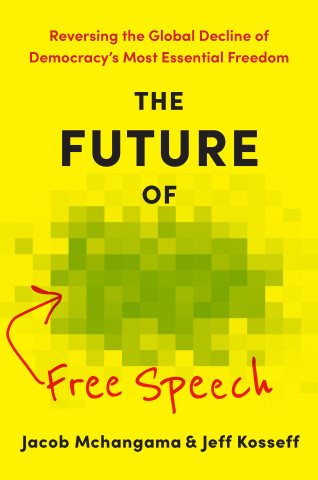
Reviews
A useful primer for the study of ethnic conflict, one whose prinicpal strength lies in its deft and succinct summarites of the main approaches to the study of ethnicity and conflict... His discussion of the distinctive features of ethnic civil wars shows a particular sensitivity to their uniqueness.
In a survey that is dense with insights but still a remarkably effortless read, Byman discusses five approaches to ethnic conflict.
Daniel Byman combines superior scholarship with pragmatic policy analysis in this excellent survey of ethnic conflict. His analysis of alternative policy responses to ethnic conflict problems—the heart of the study—is systematic, thoughtful, and balanced. He reminds us that, although crafting peace is difficult, it is not always impossible. This book advances both scholarship and the prospects for ethnic peace.
Daniel Byman's Keeping the Peace is an immensely learned and informative book. Byman assesses five contending approaches to resolving ethnic civil war—coercing combatants toward peace, coopting them, nurturing identity change among combatants, political participation for combatants, and partition. His writing is clear, his conclusions are judicious, and his policy recommendations are both clever and practical. This study is important reading for students of civil war, conflict resolution, and the Middle East; and for policy makers who face the task of resolving ethnic civil wars.
Keeping the Peace offers a broad-gauge analytic framework for governments facing serious (i.e., violent) ethnic conflict. As such, it does a better job than any book currently available of separating what we know, what we don't know, and what we should by now know is completely wrong. Byman's command of the theoretical literature is good, and the book is well-organized.
A lucid and clear-eyed account of the options available for managing ethnic conflict. This pragmatic and thoughtful book lays out both the promise, and perhaps most usefully, the pitfalls of various strategies. It does not shy away from discussion of policies, including coercion, manipulation, and partition, that are less than ideal but that in some cases may offer the best chance of breaking cycles of bloodshed. This is a must-read for anyone, scholars or practitioners, interested in curbing the recurrent violence of ethnic strife.
Book Details
Chapter 1. Ethnic Conflict in Today's World
Chapter 2. Causes of Ethnic Conflict
Chapter 3. Control Policies
Chapter 4. Co-optation
Chapter 5. Manipulating Ethnic Identities
Chapter 6. Participatory
Chapter 1. Ethnic Conflict in Today's World
Chapter 2. Causes of Ethnic Conflict
Chapter 3. Control Policies
Chapter 4. Co-optation
Chapter 5. Manipulating Ethnic Identities
Chapter 6. Participatory Systems
Chapter 7. The Promise and Perils of Partition
Chapter 8. Military Intervention in Ethnic Conflict
Chapter 9. Dilemmas and Choices
Notes
Bibliography
Index





